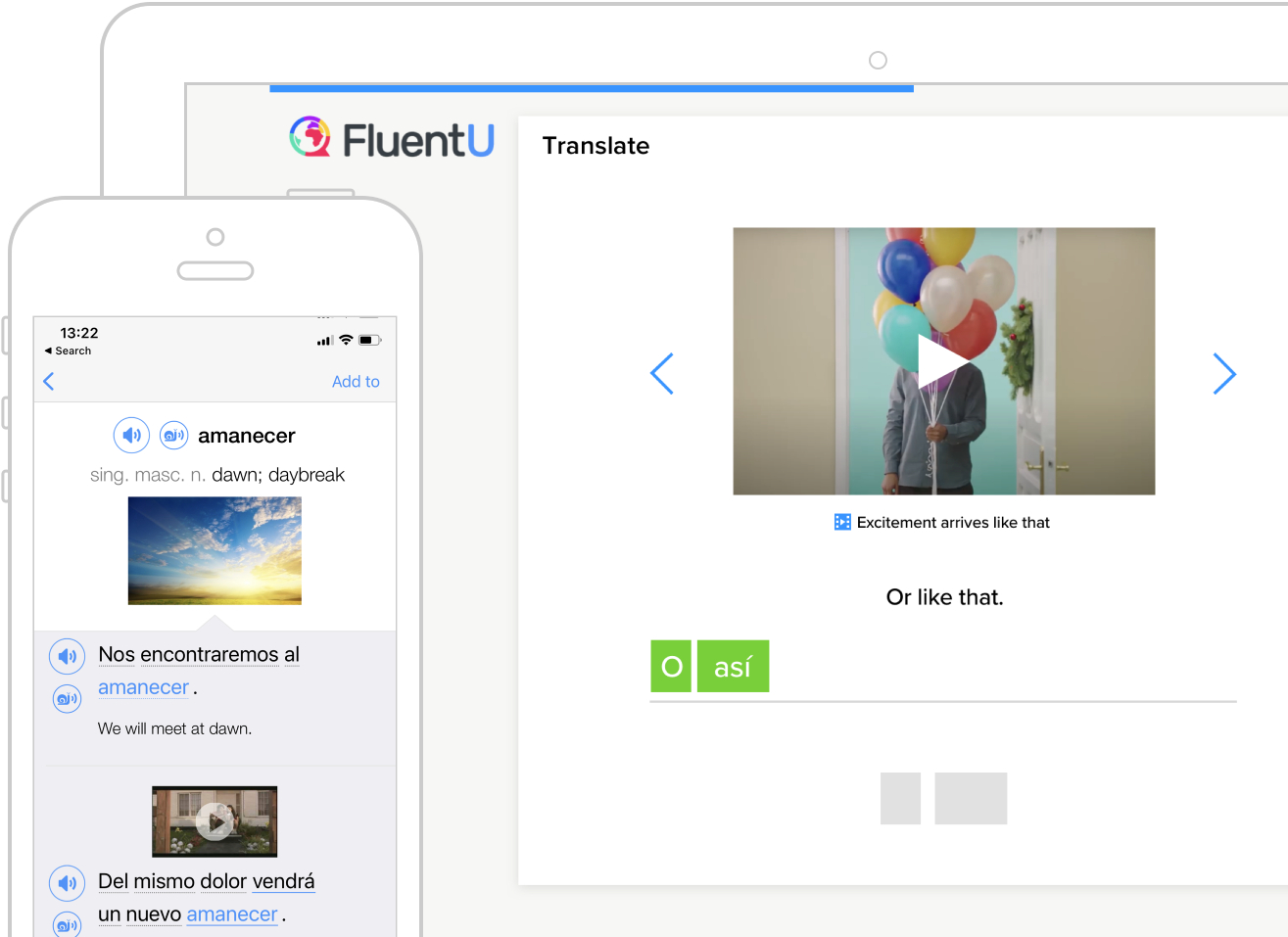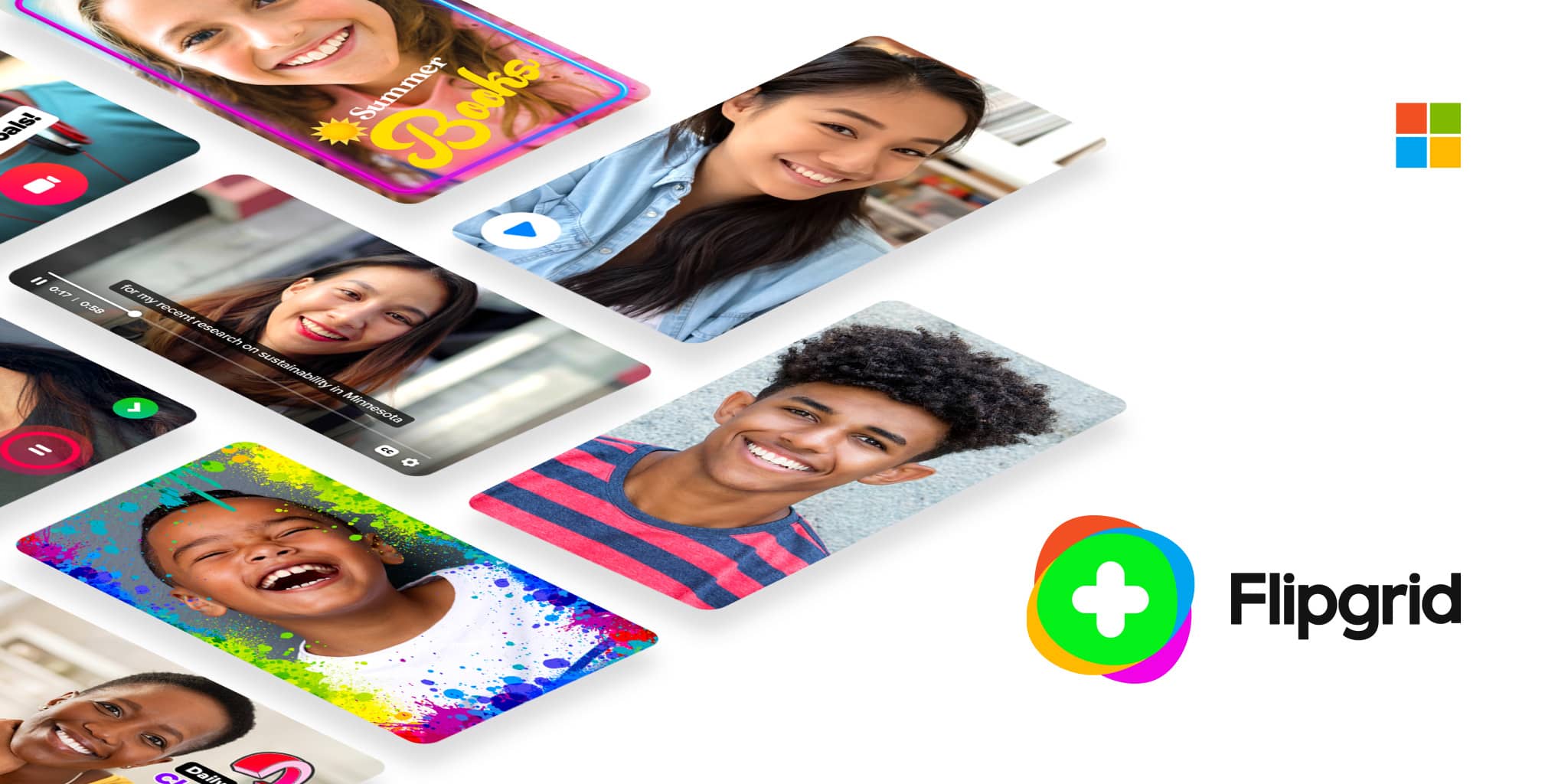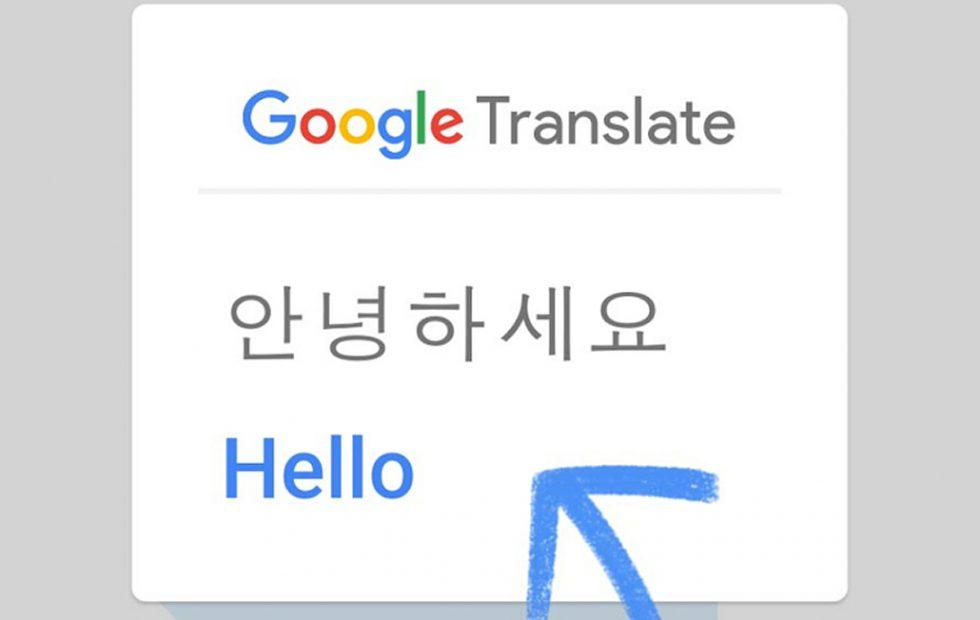Speaking and Listening
Out of the four skills, two that lend themselves to one another are speaking and listening. Students in a classroom who need practice speaking and listening to the English language. One article that I found useful in my Google Alerts this week came from Study International and had a list of Top 4 Apps to Help International Students Learn English Effectively, one of the comments from an App developer, FluentU, was really interesting and stated that it, "uses a natural approach that helps you ease into the English language and culture over time." I really liked the perspective and see the app as something that could be useful in our EL department. Students can interact with videos, musical numbers, commercials, news and inspirational talks with subtitles and quizzes that adapt to the student's level of English.
Getting Social in the Classroom listed a lot of great technology apps to use with students and inspired me to think of ways that I could get students to practice using the vocabulary in Geometry in an authentic way. Using Flipgrid, I could have students post vocabulary pre-view videos and then interact with one another by responding after listening to one or two recordings of their peers. Students could then practice using their English skills in the mathematics classroom, and use the technology to listen to others in the classroom. Students would be able to listen to one another, critique their expertise and engage with one another in listening and speaking about content.
Reading and Writing
The Top 4 Apps for learning English Effectively also had an interesting use for Google Translate, using it Live to translate menus, signs or even museum exhibits. This tool would have been useful for the group of students that I had the pleasure to chaperone in Annapolis, Maryland. Students could have used Google Translate to quickly translate the wording on the plaques that were displayed in and around the capitol building. The Google Translate tool can also be used within the mathematics classroom to help translate word problems in the mathematics classroom as well.
Getting Social in the Classroom using social media to help engage students is described as an authentic way to get students to read and write in the classroom. In my first blog, I talked about how I wanted to use Edublogs as a tool for student writing. The one app in my reading that piqued my interest was the use of Twitter. I have been using Twitter to connect with educators around the world, and the thought of linking student writing with the use of a specific hashtag. Geometry students could connect to one another across my periods, and Tweet out real-world mathematics connections. The beginning of the school year my classes could have a competition to find the best hashtag for the Geometry class, and I could then curate the Tweets for the classes to read online on my website.
With all of the online digital tools and applications on mobile devices, there are tons of ways to enhance and support the speaking, listening, reading and writing of my EL Students. I am looking forward to using some of these tools in the future.
With all of the online digital tools and applications on mobile devices, there are tons of ways to enhance and support the speaking, listening, reading and writing of my EL Students. I am looking forward to using some of these tools in the future.



No comments:
Post a Comment